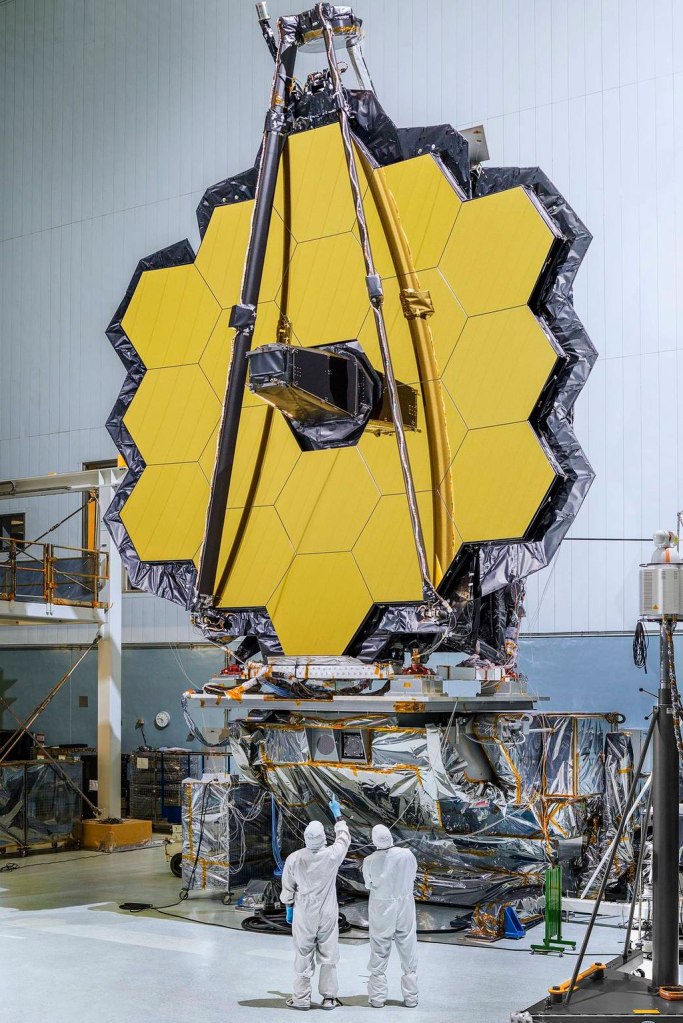Our telescopes just keep impressing.
There are just so many limitations, on a physics level, that prevent us from observing the Universe around us. Telescopes are hindered by light pollution and atmospheric disturbances on Earth, preventing them from peering into extreme distances. In space itself, obstructions such as gas clouds block our view of more distant, and perhaps interesting, objects. The size of the observable Universe, and its accelerating expansion, puts a hard cap on how far we can see. We are limited by the size of our telescopes — to view the supermassive blackhole at the center of the galaxy M87, one requires a telescope with the diameter of the Earth itself.
To each of these problems, though, humanity has responded with unbelievable innovation. Clever software and remote locations have reduced hindrances to observation on Earth. Even more impressive is our launching of our telescopes into space — most famously Hubble, and most recently, JWST (which sits an an unbelievable 1,000,000 miles away). To peer through gas clouds, our telescopes view different wave lengths, like gas-penetrating infrared. And to view extremely distant objects like M87, we use a series of telescopes all over the world, sci-fi like accuracy of time measurement, and innovative software to create our first picture, and undeniable evidence, of a black hole.



The Universe has provided us with countless obstacles to unlocking its secrets. But, so far, scientists have improvised, adapted, and overcome.
Leave a comment